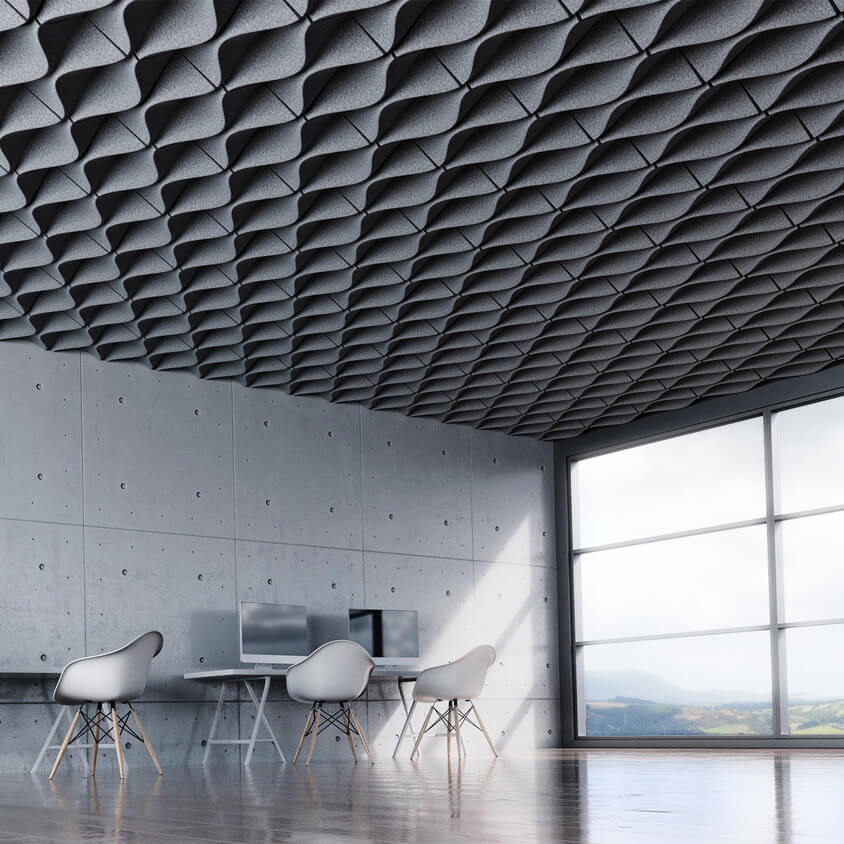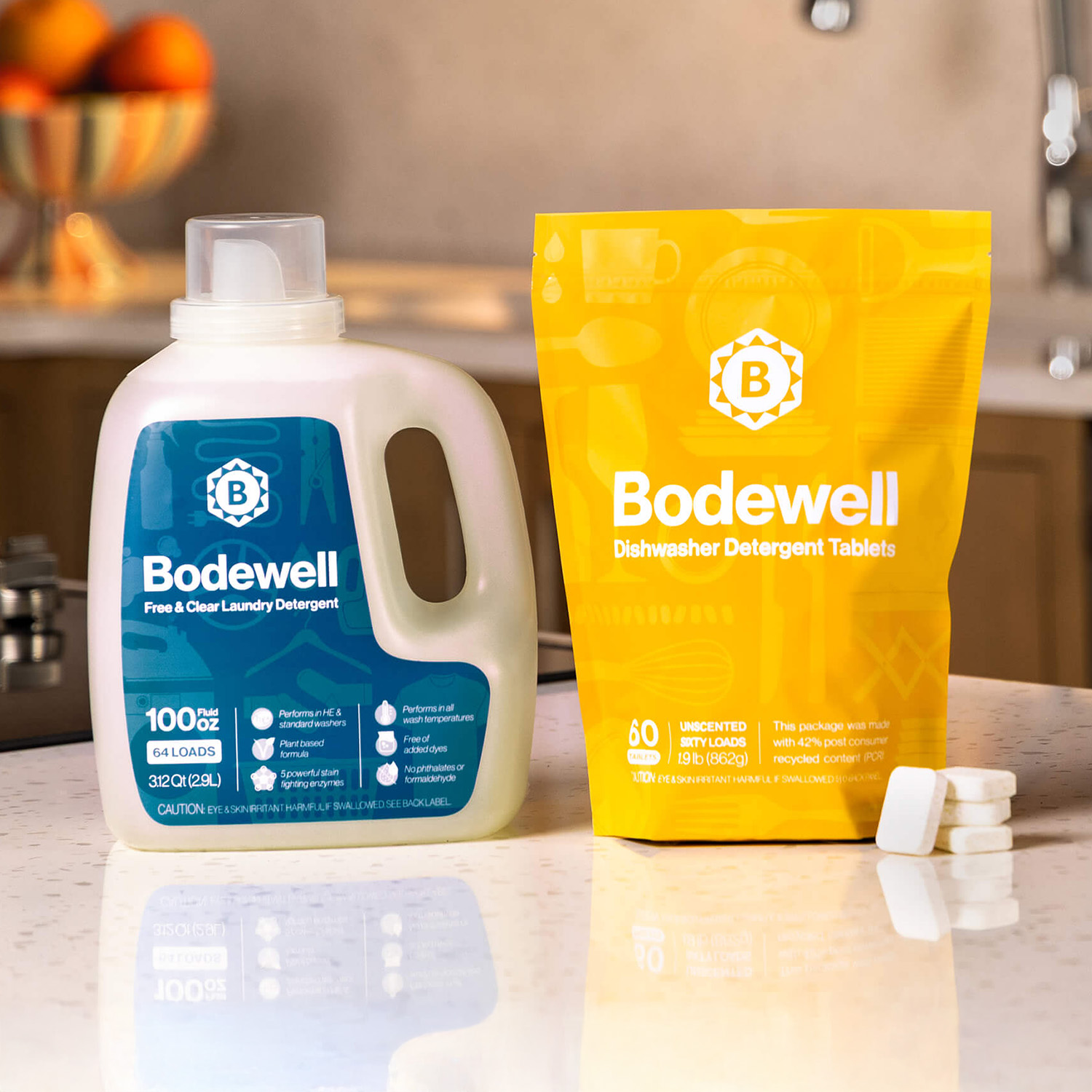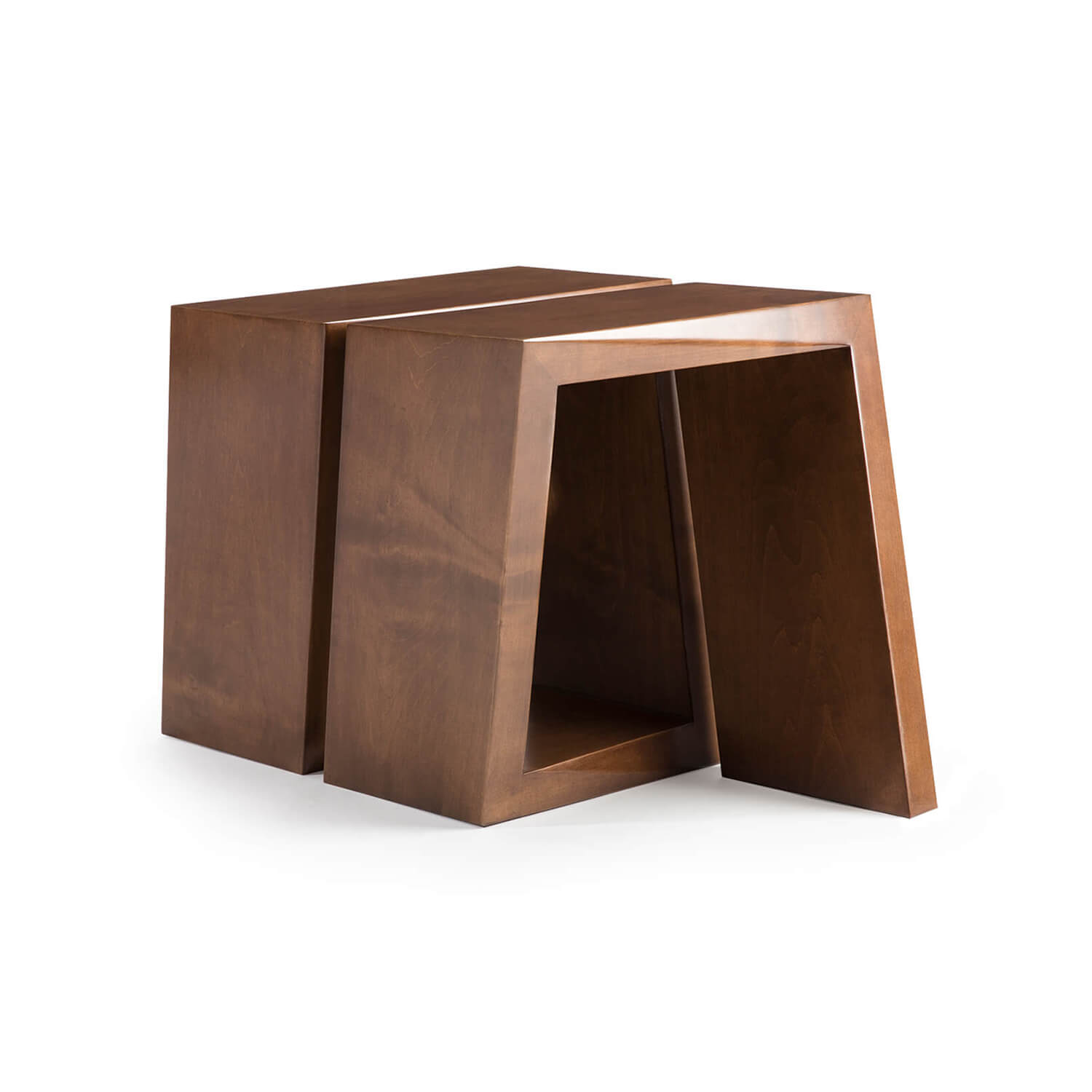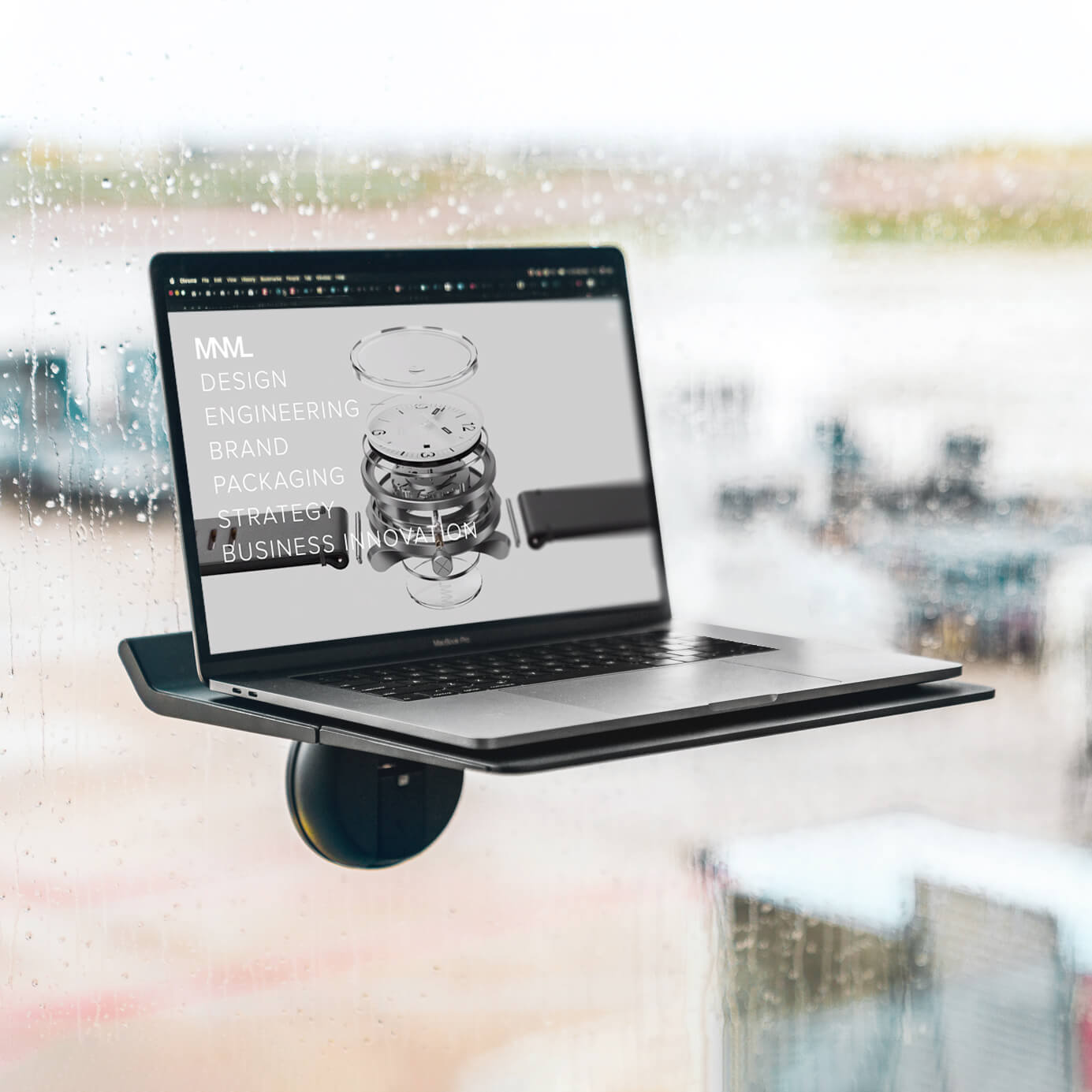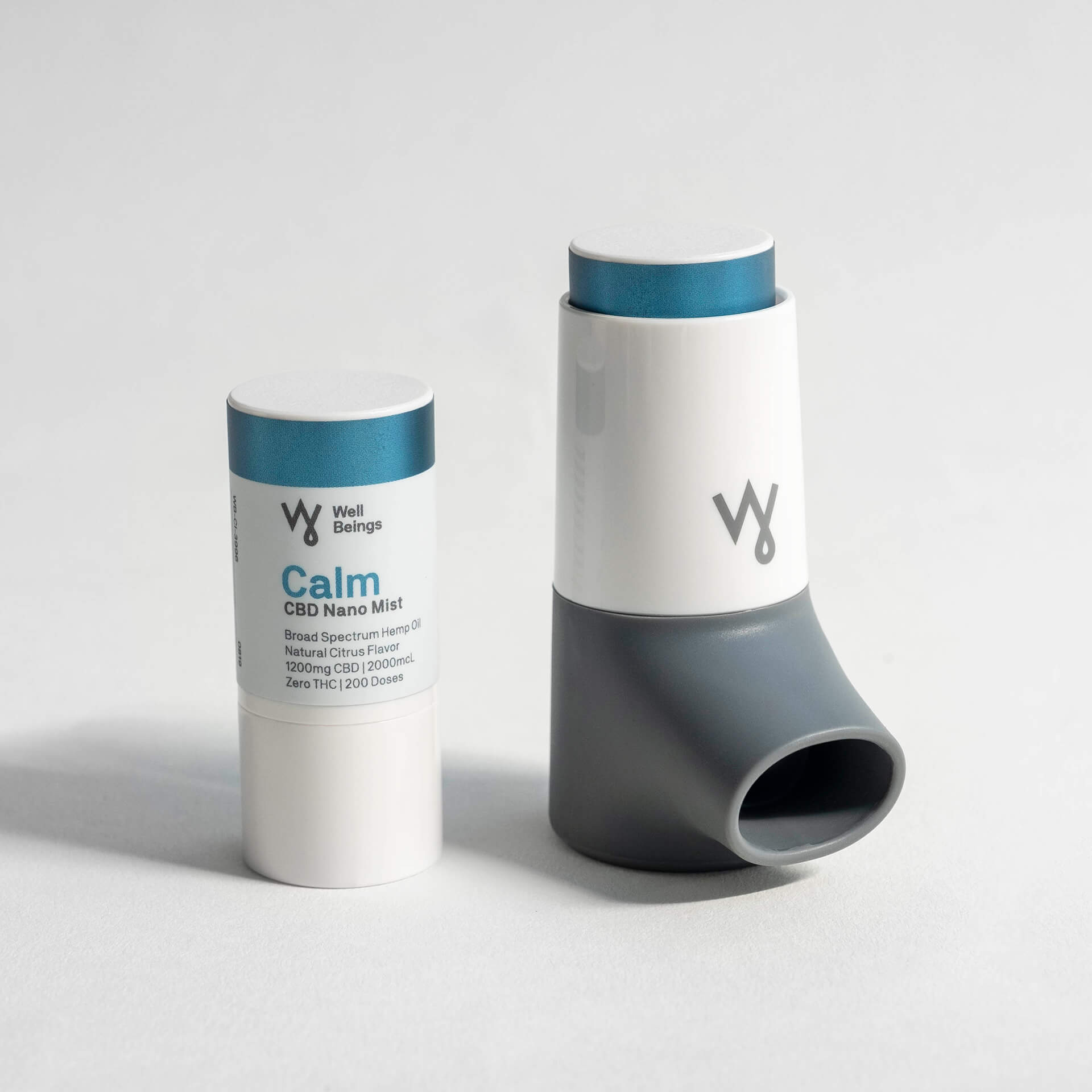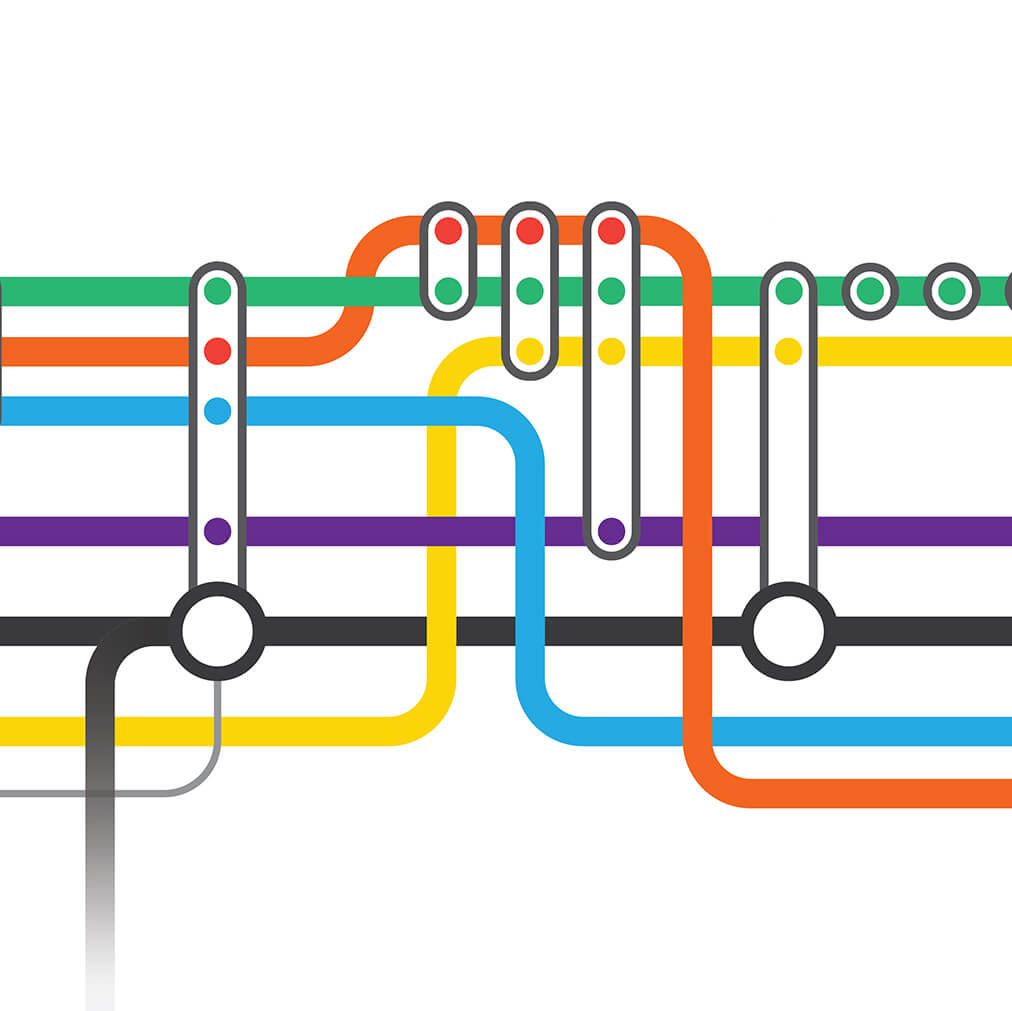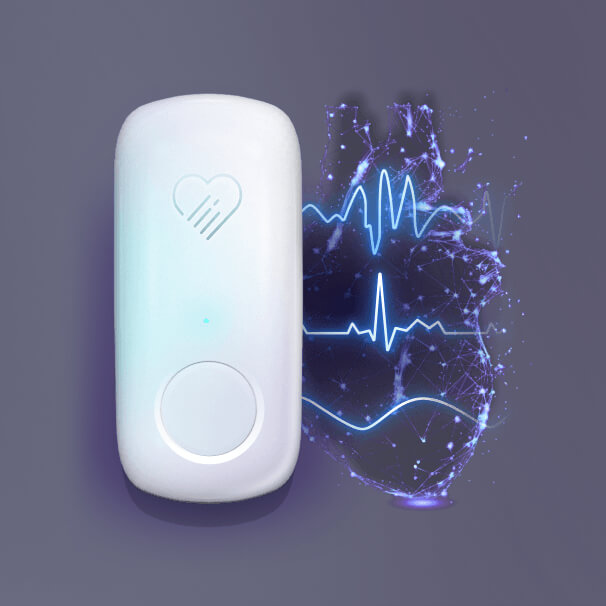Scenario 1: Time of Use
Electricity rates vary throughout the day, with higher prices during periods of high demand (peak hours) and lower prices during periods of low demand (off-peak hours). Time of Use (TOU) is a pricing structure used by utility companies to encourage customers to shift their energy usage to night time or early morning where they can take advantage of these lower electricity prices. This approach promotes grid efficiency and reduces strain on the grid during peak periods.
The following 47 second animation follows a customer going through their daily activities. It showcases the home battery, car charger, and combo washer/dryer as the SmartHQ app coordinates power usage throughout the day to help the customer save money.
Scenario 2: Blackout
During a blackout, the home experiences a loss of lighting, electronics, climate control, communication, and certain utilities, which can significantly impact the everyday routines and comfort of its occupants. With the Ecobalance Home Battery and smart connected appliances, power comes back on immediately, restoring lights & communication, protecting your food and water supply, while maintaining a comfortable home temperature.
The following 29 second animation shows the SmartHQ app anticipate inclement weather, store up power in the home battery, and restore power after during a blackout.
Scenario 3: Demand Response
During a period of high electricity demand or grid instability, customers voluntarily help their community by reducing non-essential loads or using backup power sources. The goal is to balance electricity supply and demand, maintain grid stability, and potentially avoid grid-wide power outages or the need to activate additional non-renewable power generation facilities. Customers often receive incentives for participating in these events.
The following 28 second animation shows the home on a hot summer day during a brown out (when there is not enough energy available from the grid). An alert is received through the smart meter from the utility company; power is first drawn from the home battery and then from the car battery through bi-directional charging, ensuring stable power is maintained throughout the grid event.
Concept Design
Designing the Net Zero home was a complex visual puzzle that required showcasing more than a dozen products in every part of the home--all from a single angle. The original layout I drew (left) remained largely unchanged throughout the project. The isometric home is cutaway to reveal a kitchen, bathroom, bedroom, living room, laundry room, garage, and basement as well as power lines and a road.

Story Development
Developing such technical animations in just two months required efficient coordination with Guillaume, the project's animator. Every detail needed to be figured out before animation began to avoid unnecessary revisions. Below are notes from an early conversation where I provided Guillaume with detailed descriptions of how each scene should unfold, including the appliance functions, timing, and visuals.

Coordination & Refinement
Over a dozen appliances and multiple partner brands are showcased in the animation. This required coordinating input from multiple engineering and marketing teams across GE Appliances. I was responsible for ensuring that every appliance was illustrated correctly. Below are a few screenshots from the many discussions with these teams during the development process. I acted as a liaison between these teams and Guillaume to ensure he was not slowed down by any conflicting feedback.

In context
The Net Zero Home Animations were debuted at the 2024 International Builder's Show (IBS) in Las Vegas. They were installed at the entrance of the booth and controlled via an interactive museum rail (built by Steve Deckel) that switched between the 3 scenes. I manned this exhibit for the week of the show, directing customers to specific products within the Net Zero booth (which I also helped design). After the show, the exhibit was moved to Co-Create in Stamford Connecticut for permanent display.










